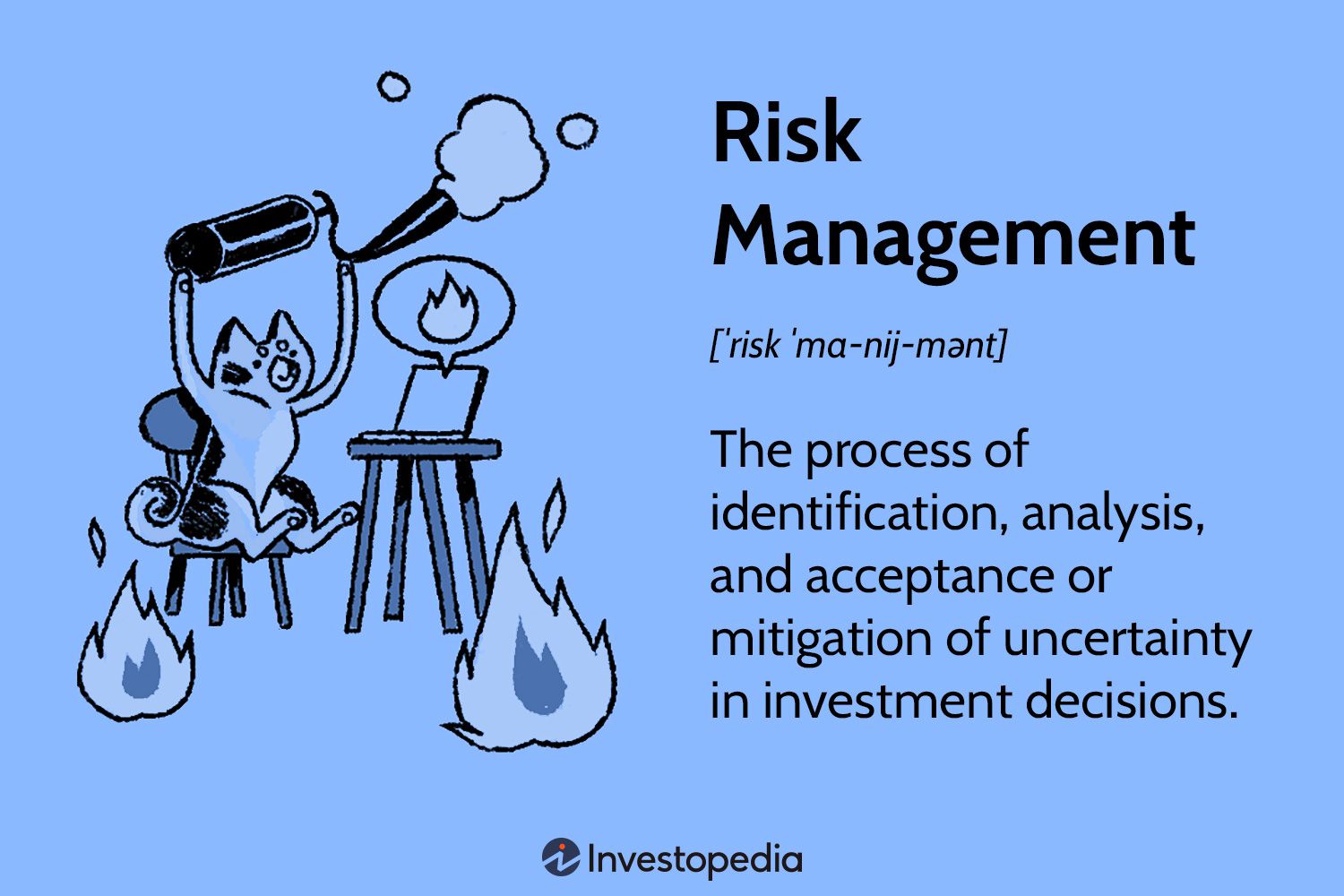
Tech Risks on the Rise: Businesses Face Elevated Threat Levels
The rapid adoption of emerging technologies has brought about unprecedented growth and innovation, but it has also introduced new risks that businesses must navigate. A recent survey by Hogan Lovells found that a staggering 91% of businesses face moderate to high levels of technology-related risk. This is a pressing concern, as companies that fail to address these risks may find themselves vulnerable to cyber threats, data breaches, and reputational damage.
 Companies must prioritize risk management to stay ahead of emerging threats.
Companies must prioritize risk management to stay ahead of emerging threats.
The Hogan Lovells survey, titled “The New Riskonomy,” polled 1,500 C-suite executives, general counsels, and compliance officers from the U.S., Europe, China, and Brazil. The results paint a concerning picture, with almost all companies surveyed facing elevated risk levels around technology. While companies are taking steps to address these risks, the report found that two-thirds of leaders believe they could be doing more to mitigate them.
“Companies across industries are racing to gain a competitive edge through the use of emerging technologies such as blockchain, IoT, and AI,” said Des Hogan, the firm’s global head of litigation, arbitration, and employment. “At the same time, every transformative technology also presents risk — and these risks can be business-critical.”
The survey also found that 43% of leaders at organizations that have banned the use of generative AI do not believe any additional policies are required. Meanwhile, 38% of organizations that allow the use of generative AI have created their own bespoke generative AI system, perhaps to be more cautious while still innovative.
 Cybersecurity threats are a major concern for businesses, with 36% of C-suite and compliance leaders identifying their organization’s cybersecurity strategy as being in its infancy.
Cybersecurity threats are a major concern for businesses, with 36% of C-suite and compliance leaders identifying their organization’s cybersecurity strategy as being in its infancy.
Business Email Compromise Remains a Key Threat
A report by Kroll found that business email compromise (BEC) remains the most common threat incident vector companies face. The first quarter of 2024 saw a slight increase in BEC, which accounted for over half (53%) of incidents examined by Kroll. Professional services were the most-targeted sector, accounting for nearly one-quarter of cases.
 BEC remains a major threat to businesses, with email compromise rising by about four percentage points in the first quarter of 2024.
BEC remains a major threat to businesses, with email compromise rising by about four percentage points in the first quarter of 2024.
Online Payments Industry a Top Target for ID Theft
The online payments sector accounted for 62% of ID theft attempts among millions of transactions analyzed by AU10TIX. Fraudsters have increasingly targeted the payments sector over the past year, viewing it as a soft target due to its limited regulation. Since Q1 2023, the sector’s share of overall global identity fraud has grown from 39% to 62%, and AU10TIX analysts expect this trend to continue until the sector becomes more regulated.
 The online payments sector is a top target for ID theft, with fraudsters using AI and deepfake technology in their attempts.
The online payments sector is a top target for ID theft, with fraudsters using AI and deepfake technology in their attempts.
In conclusion, businesses face unprecedented risks in today’s rapidly evolving technological landscape. To stay ahead of emerging threats, companies must prioritize risk management, invest in cybersecurity, and remain vigilant against ID theft and other forms of fraud.














